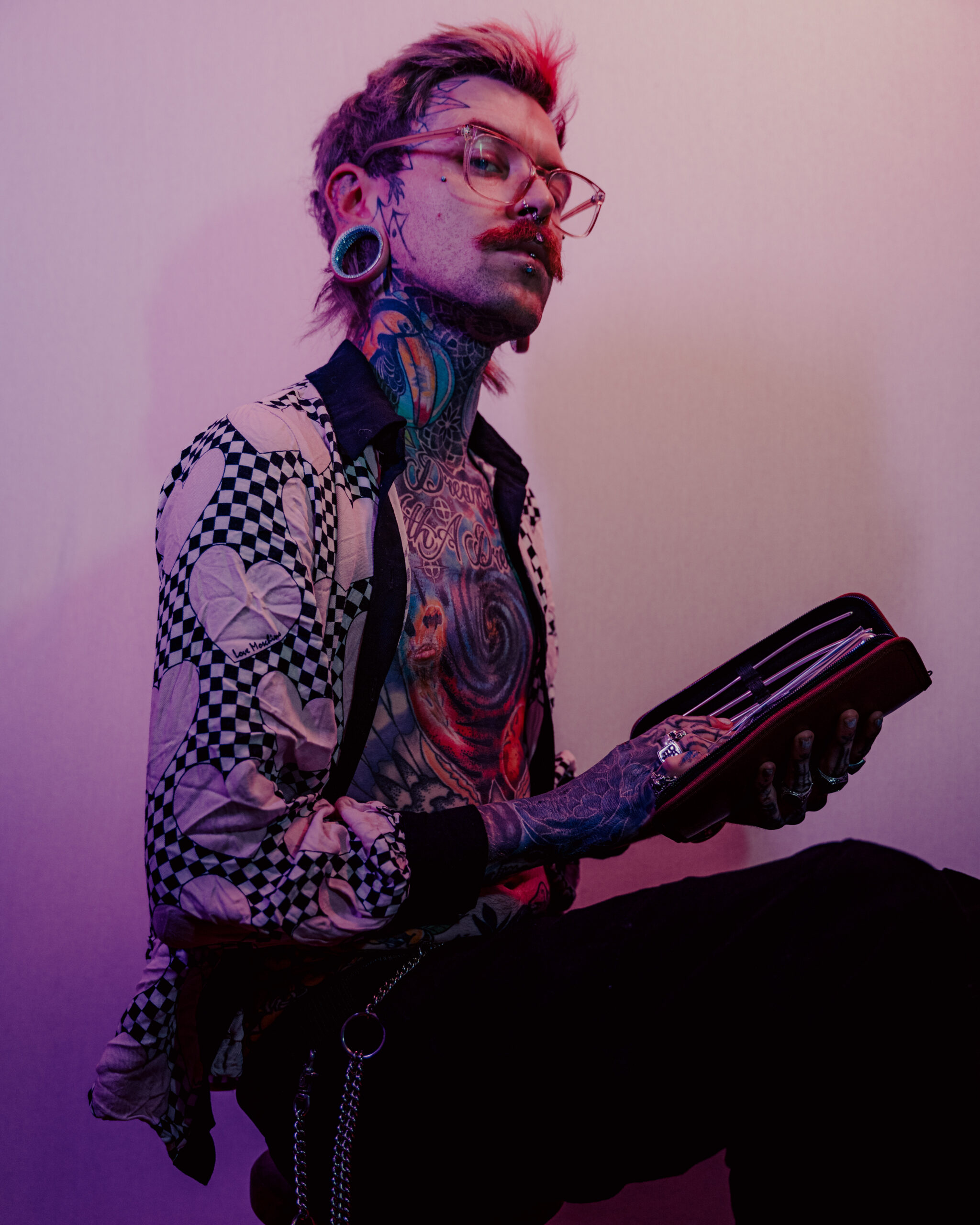Defining Asexuality
Asexuality is a sexual orientation characterized by a lack of sexual attraction to others. This means that asexual individuals do not experience desire for sexual activity or intimacy, regardless of gender or relationship status. While often misunderstood and misrepresented, understanding asexuality requires recognizing its diverse expressions, dismantling harmful stereotypes, and embracing the spectrum of human experiences.
Core Components of Asexuality
Core to understanding asexuality is recognizing that it encompasses more than just the absence of sexual desire. Asexual individuals may experience romantic attraction, meaning they can form loving bonds and relationships with others. The core components of asexuality include a lack of sexual attraction, regardless of gender or relationship status. It’s important to note that asexuality exists on a spectrum. Some asexual individuals may experience very little to no sexual attraction at all, while others might feel it occasionally or under specific circumstances.
Distinguishing Asexuality from Other Sexual Orientations
Asexuality is a sexual orientation characterized by the absence of sexual attraction to other people. It’s important to distinguish asexuality from other sexual orientations, such as heterosexuality, homosexuality, and bisexuality, which involve experiencing sexual attraction to certain genders.
While asexual individuals may not experience sexual desire, they can still have romantic feelings and engage in meaningful relationships. Asexuality is not about being celibate; some asexual people are sexually active with partners but do so primarily for emotional connection or other reasons besides sexual gratification.
Furthermore, asexuality exists on a spectrum. Some individuals identify as “gray-sexual,” meaning they experience sexual attraction rarely or under specific circumstances. Others may identify as demisexual, experiencing sexual attraction only after forming a strong emotional bond with someone. Understanding the diversity within the asexual community is crucial for accurate representation and respect.
Social Perceptions and Misconceptions

Social perceptions often struggle to keep pace with evolving understandings of human experiences. Asexuality, a sexual orientation characterized by a lack of sexual attraction, exemplifies this challenge. Misconceptions and stereotypes abound, leading to misunderstandings and prejudice against asexual individuals. This necessitates a deeper exploration of asexuality, moving beyond simplistic definitions and embracing the diverse spectrum of lived experiences within the asexual community.
Common Stereotypes about Asexual Individuals
Social perceptions of asexuality are often clouded by misconceptions and harmful stereotypes. These generalizations can lead to prejudice and discrimination against asexual individuals, hindering their ability to live openly and authentically.
- One common misconception is that asexuality equates to celibacy, implying that all asexual people abstain from sexual activity. This is inaccurate, as some asexual individuals choose to engage in sexual activities for reasons other than sexual gratification, such as emotional connection or physical intimacy with their partners.
- Another prevalent stereotype portrays asexual individuals as “damaged” or “lacking something,” suggesting that their lack of sexual attraction is a deficiency or an illness. This viewpoint pathologizes a natural variation in human sexuality and contributes to feelings of shame and isolation for asexual people.
- A third misconception associates asexuality with being “unromantic” or incapable of experiencing love. This stereotype ignores the fact that asexual individuals can form deep emotional connections and experience romantic attraction, just like any other sexual orientation.
It’s crucial to challenge these stereotypes and promote a more accurate understanding of asexuality. Asexual individuals deserve respect and recognition as valid members of the human spectrum of sexuality.

The Impact of Media Representation on Public Understanding
Social perceptions often struggle to keep pace with evolving understandings of human experiences. Asexuality, a sexual orientation characterized by a lack of sexual attraction, exemplifies this challenge. Misconceptions and stereotypes abound, leading to misunderstandings and prejudice against asexual individuals. This necessitates a deeper exploration of asexuality, moving beyond simplistic definitions and embracing the diverse spectrum of lived experiences within the asexual community.
The media plays a significant role in shaping public understanding of various social concepts, including sexual orientations. While representation of asexuality has improved in recent years, it remains limited and often characterized by stereotypes.
Inaccurate portrayals can perpetuate harmful misconceptions about asexuality, contributing to stigma and discrimination. For instance, some media representations depict asexual characters as robotic, emotionless, or lacking romantic desires, reinforcing the stereotype that asexuality is devoid of emotional depth.
Conversely, positive and accurate representations can help foster empathy and understanding. Media depictions that portray asexual characters as well-rounded individuals with diverse personalities, relationships, and experiences can challenge stereotypes and contribute to a more inclusive and accepting society.
It’s essential for media creators to prioritize responsible and sensitive representation of asexuality. By showcasing the diversity within the asexual community and portraying asexual characters with authenticity and respect, media can play a vital role in dismantling misconceptions and promoting a more accurate and inclusive understanding of this sexual orientation.
Experiences of Asexual People
Understanding asexuality requires acknowledging its complexity beyond simply the absence of sexual desire. Asexual individuals experience a range of emotions, desires, and relationship preferences, making generalizations about their experiences inaccurate and unhelpful. Recognizing the diversity within the asexual community is crucial for dismantling harmful stereotypes and fostering respectful dialogue.
Relationships and Intimacy for Asexual Individuals
Experiences of asexual people in relationships and intimacy are diverse and multifaceted. Asexuality is not a monolith; individuals may experience varying levels of sexual attraction, desire for romantic relationships, and comfort with different forms of physical intimacy.
Some asexual people engage in romantic relationships and find fulfillment through emotional connection, shared activities, and companionship. Others may choose to remain single or explore alternative relationship models like platonic partnerships.
Asexuality does not preclude sexual activity; some asexual individuals choose to be sexually active for reasons beyond sexual gratification, such as fostering intimacy with a partner, exploring physical touch, or meeting their partner’s needs.
Understanding and respecting the diverse experiences of asexual people is crucial. Open communication, honesty about desires and boundaries, and a willingness to learn about different perspectives are essential for healthy relationships.
Challenges Faced by Asexual People in Society
Asexuality is a sexual orientation characterized by a lack of sexual attraction to others. This means that asexual individuals do not experience desire for sexual activity or intimacy, regardless of gender or relationship status. While often misunderstood and misrepresented, understanding asexuality requires recognizing its diverse expressions, dismantling harmful stereotypes, and embracing the spectrum of human experiences.
- One common misconception is that asexuality equates to celibacy, implying that all asexual people abstain from sexual activity. This is inaccurate, as some asexual individuals choose to engage in sexual activities for reasons other than sexual gratification, such as emotional connection or physical intimacy with their partners.
- Another prevalent stereotype portrays asexual individuals as “damaged” or “lacking something,” suggesting that their lack of sexual attraction is a deficiency or an illness. This viewpoint pathologizes a natural variation in human sexuality and contributes to feelings of shame and isolation for asexual people.
- A third misconception associates asexuality with being “unromantic” or incapable of experiencing love. This stereotype ignores the fact that asexual individuals can form deep emotional connections and experience romantic attraction, just like any other sexual orientation.
It’s crucial to challenge these stereotypes and promote a more accurate understanding of asexuality. Asexual individuals deserve respect and recognition as valid members of the human spectrum of sexuality.
Asexuality in Different Cultures
Across cultures, the understanding and perception of asexuality vary significantly. In some societies, asexuality may be largely invisible or misunderstood, while in others, it is gaining increasing recognition and acceptance. Exploring these cultural differences sheds light on the complex interplay between social norms, individual experiences, and evolving understandings of sexuality.
Variations in Cultural Understandings of Sexuality
In some cultures, asexuality might be viewed as a deviation from societal expectations surrounding sexual expression and marriage. These societies may prioritize procreation and heteronormative family structures, leading to limited acceptance or understanding of individuals who do not conform to these norms.
Other cultures may have more fluid concepts of sexuality and relationships, allowing for greater acceptance and diversity in sexual orientations. In some indigenous cultures, for example, there may be traditional understandings of non-binary genders and sexualities that encompass experiences beyond the binary framework of male and female.
The influence of religion also plays a role in shaping cultural perceptions of asexuality. Some religious doctrines emphasize heterosexuality as the sole acceptable form of sexuality, which can lead to discrimination or prejudice against asexual individuals.
It’s important to remember that within any given culture, there will be diverse viewpoints and experiences regarding asexuality. Generalizations about entire cultures can be misleading, as individual beliefs and understandings can vary widely based on factors like age, education, and personal experiences.
Global Perspectives on Asexuality
Across cultures, the understanding and perception of asexuality vary significantly. In some societies, asexuality may be largely invisible or misunderstood, while in others, it is gaining increasing recognition and acceptance. Exploring these cultural differences sheds light on the complex interplay between social norms, individual experiences, and evolving understandings of sexuality.
In some cultures, asexuality might be viewed as a deviation from societal expectations surrounding sexual expression and marriage. These societies may prioritize procreation and heteronormative family structures, leading to limited acceptance or understanding of individuals who do not conform to these norms.
Other cultures may have more fluid concepts of sexuality and relationships, allowing for greater acceptance and diversity in sexual orientations. In some indigenous cultures, for example, there may be traditional understandings of non-binary genders and sexualities that encompass experiences beyond the binary framework of male and female.
The influence of religion also plays a role in shaping cultural perceptions of asexuality. Some religious doctrines emphasize heterosexuality as the sole acceptable form of sexuality, which can lead to discrimination or prejudice against asexual individuals.
It’s important to remember that within any given culture, there will be diverse viewpoints and experiences regarding asexuality. Generalizations about entire cultures can be misleading, as individual beliefs and understandings can vary widely based on factors like age, education, and personal experiences.
The Future of Asexual Visibility and Acceptance
The future of asexual visibility and acceptance hinges on dismantling harmful stereotypes, fostering open dialogue, and promoting accurate representation in media and society at large. As awareness grows and understanding deepens, asexual individuals will hopefully experience greater inclusivity and a sense of belonging within diverse communities.
Advocacy Efforts and LGBTQ+ Movements
The future of asexual visibility and acceptance depends on multifaceted efforts that challenge societal norms and foster genuine understanding. Dismantling harmful stereotypes is crucial for creating a more inclusive environment where asexual individuals feel safe to express themselves authentically.
Open and honest dialogue is essential for bridging the gap in understanding between asexual people and those who are unfamiliar with their experiences. Creating spaces for respectful conversations, educational resources, and personal stories can help dispel misconceptions and foster empathy.
Accurate representation in media plays a vital role in shaping public perceptions of asexuality. Portraying asexual characters in diverse and nuanced ways, avoiding stereotypes, and highlighting their lived experiences can contribute to greater visibility and acceptance.
Continued advocacy efforts by LGBTQ+ movements are crucial for advancing the rights and well-being of asexual individuals. By amplifying asexual voices, advocating for legal protections against discrimination, and ensuring their inclusion in LGBTQ+ spaces, these movements can contribute to a more equitable society for all.
Ultimately, achieving true acceptance requires a shift in societal attitudes towards sexuality. Embracing the diversity of human experiences, recognizing the validity of different sexual orientations, and promoting respect for individual choices are fundamental steps towards creating a more inclusive and just world for all.
The Importance of Inclusivity and Representation
The future of asexual visibility and acceptance depends on multifaceted efforts that challenge societal norms and foster genuine understanding. Dismantling harmful stereotypes is crucial for creating a more inclusive environment where asexual individuals feel safe to express themselves authentically.
Open and honest dialogue is essential for bridging the gap in understanding between asexual people and those who are unfamiliar with their experiences. Creating spaces for respectful conversations, educational resources, and personal stories can help dispel misconceptions and foster empathy.
Accurate representation in media plays a vital role in shaping public perceptions of asexuality. Portraying asexual characters in diverse and nuanced ways, avoiding stereotypes, and highlighting their lived experiences can contribute to greater visibility and acceptance.
Continued advocacy efforts by LGBTQ+ movements are crucial for advancing the rights and well-being of asexual individuals. By amplifying asexual voices, advocating for legal protections against discrimination, and ensuring their inclusion in LGBTQ+ spaces, these movements can contribute to a more equitable society for all.
Ultimately, achieving true acceptance requires a shift in societal attitudes towards sexuality. Embracing the diversity of human experiences, recognizing the validity of different sexual orientations, and promoting respect for individual choices are fundamental steps towards creating a more inclusive and just world for all.
sex toy shop
Couture Lust
GHS PLC
- Who Shouldn’t Get Botox? - November 17, 2025
- What Is Sexual Autonomy And How It Influences Modern Dating - November 16, 2025
- Weed Drinks Vs Cannabis Edibles: Pros And Cons - November 13, 2025
